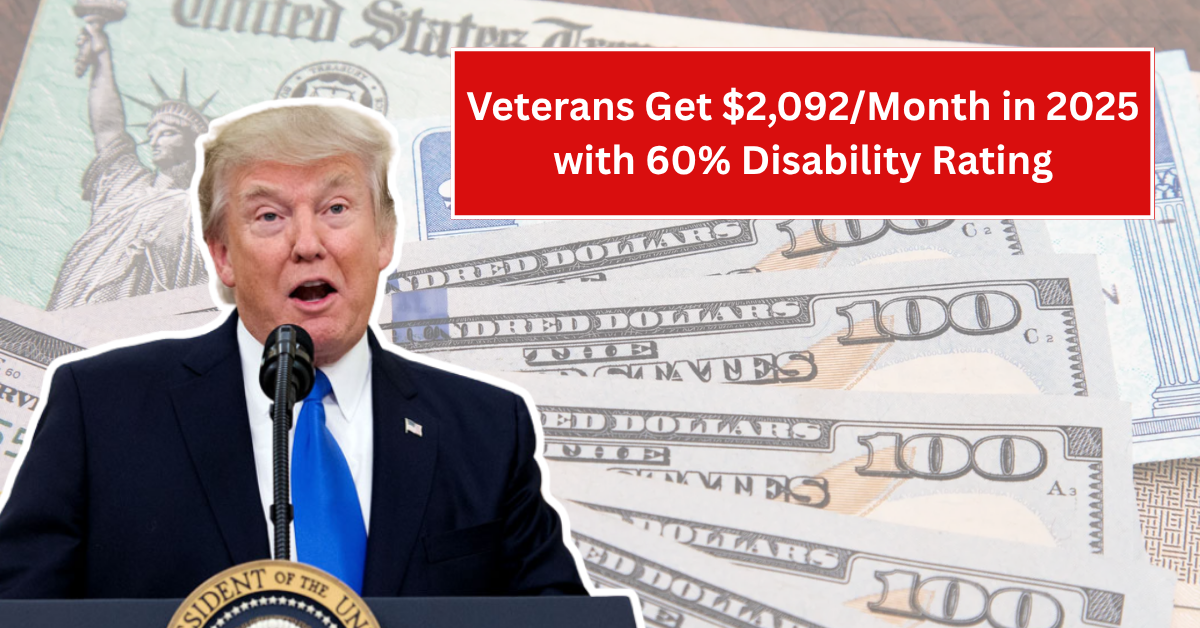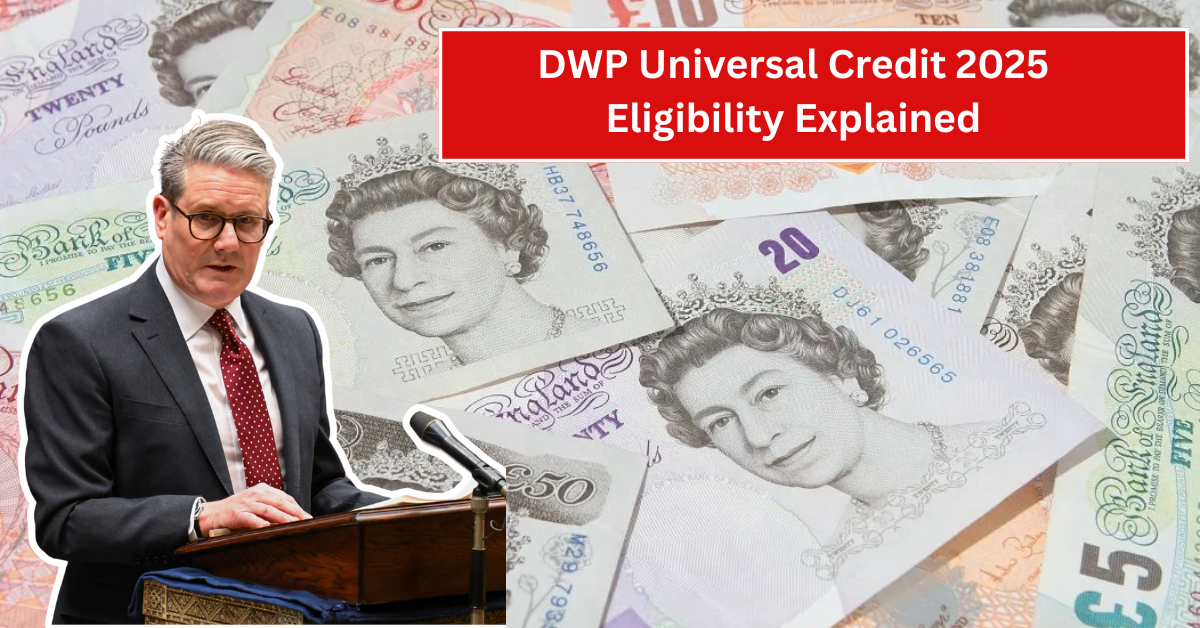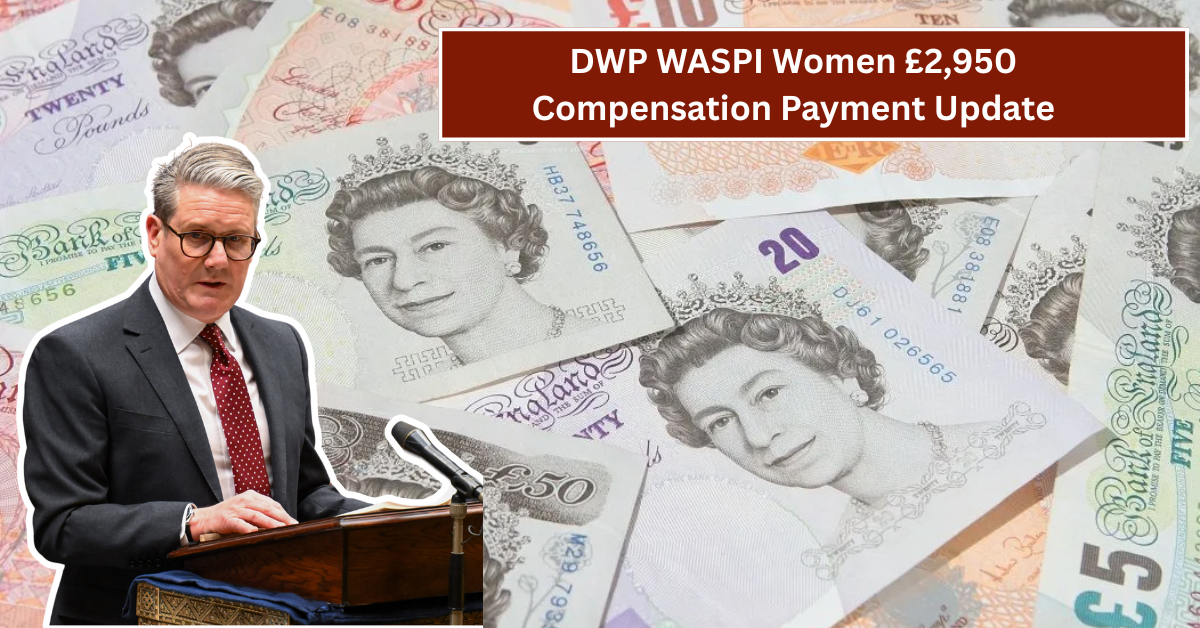
Veterans disability benefits provide crucial financial support to those who have served in the military and face health challenges because of their service. For 2025, veterans with a 60% disability rating will receive a base monthly payment of $2,018, along with additional amounts for qualifying dependents. Understanding these benefits, especially how dependent eligibility works and when payments start coming, is important for veterans and their families.
This article will explain the 2025 veterans disability benefit amounts, the child add-on amount of $74, and the criteria for eligibility of dependents. We will also share the monthly deposit dates for 2025, helping veterans plan their finances smoothly throughout the year.
2025 Veterans Disability Benefit Amount for 60% Rating
This Article Includes
- 1 2025 Veterans Disability Benefit Amount for 60% Rating
- 2 Child Add-on Benefits Explained
- 3 Eligibility Criteria for Dependents
- 4 How to Confirm Dependent Eligibility
- 5 2025 Monthly Veterans Disability Benefit Deposit Dates
- 6 Importance of Keeping Bank Details Updated
- 7 Conclusion: Planning Finances with Veterans Benefits
In 2025, veterans rated at 60% disability are set to receive a monthly benefit of $2,018 as their base payment. This amount is part of the Department of Veterans Affairs (VA) compensation program, designed to assist veterans who have disabilities related to their military service. The payment is tax-free and aims to help veterans with living costs and medical expenses related to their condition.
The $2,018 base represents an increase from previous years, reflecting adjustments for inflation and cost-of-living changes. These adjustments ensure that veterans get better financial support as prices rise, helping them maintain a decent standard of living.
Child Add-on Benefits Explained
Besides the base disability benefit, veterans with eligible children can receive an additional payment known as the child add-on benefit. For 2025, this add-on amount is $74 per child. This extra support is crucial for veterans with families, helping cover the costs of raising a child with special care needs or medical treatments.
The child add-on is added on top of the veteran’s monthly base compensation. For example, a veteran with a 60% rating and two eligible children would receive $2,018 plus 2 x $74, totaling $2,166 each month. This additional money is meant to assist with the extra responsibilities veterans have when caring for children.
Eligibility Criteria for Dependents
To receive the child add-on or benefits for other dependents, veterans must meet specific eligibility requirements set by the VA. Eligible dependents include children, spouses, and sometimes parents. However, the most common add-on is for children who meet the VA’s rules.
For a child to be eligible, they typically need to be under 18 years old, or if over 18, they must be financially dependent due to a disability or still in school. Adopted children, stepchildren, and children placed in the veteran’s care may also qualify. Spouses often qualify for additional benefits as well, but this depends on factors like marriage duration and the veteran’s disability rating.
How to Confirm Dependent Eligibility
Veterans should provide accurate information when applying for benefits, including birth certificates, adoption papers, or school certificates to prove the child’s relationship and status. The VA reviews these documents to confirm eligibility. Keeping these records updated can prevent delays in receiving benefits.
If a dependent becomes ineligible, such as a child turning 18 and no longer in school, the add-on payments may stop. It is important for veterans to inform the VA about any changes in dependents’ status as soon as possible to avoid overpayments or penalties.
2025 Monthly Veterans Disability Benefit Deposit Dates
The VA deposits disability benefits on specific days each month to help veterans manage their finances. For 2025, veterans can expect their payments to arrive on the first or third day of every month, depending on their Social Security Number (SSN). This schedule makes it easier to plan monthly bills and expenses.
Generally, veterans whose SSNs end with 1 or 6 receive deposits on the 1st of the month, while those with other numbers receive deposits on the 3rd. If the scheduled deposit date falls on a weekend or public holiday, the payment will usually be made on the business day before the holiday.
Importance of Keeping Bank Details Updated
To ensure timely payments, veterans must keep their bank account and personal details updated in the VA system. Incorrect or outdated information can cause payment delays, which can create financial stress. Veterans can update their details through the VA’s online portal, by phone, or by visiting a VA office.
Checking bank statements regularly and confirming deposits helps veterans stay on top of their benefits. If a payment is missed, it is important to contact the VA immediately to resolve any issues.
Conclusion: Planning Finances with Veterans Benefits
Understanding the $2,018 base benefit for a 60% disability rating, the $74 child add-on, and dependent eligibility requirements helps veterans make the most of their 2025 disability payments. Knowing the monthly deposit dates also allows better financial planning throughout the year.
Veterans should stay informed about their benefits, keep documents up-to-date, and communicate any changes to the VA quickly. This will help ensure continuous support for them and their families, making their lives more secure as they manage the challenges related to their service-connected disabilities.







































